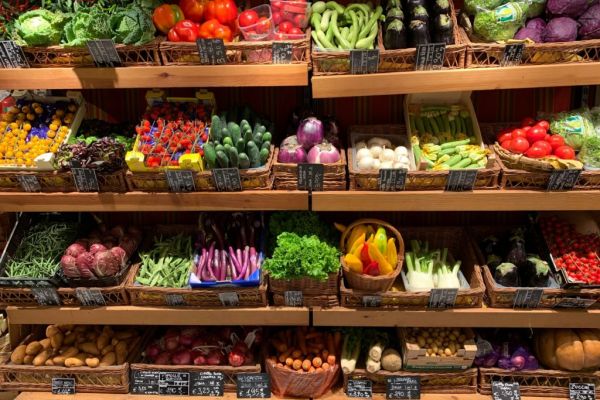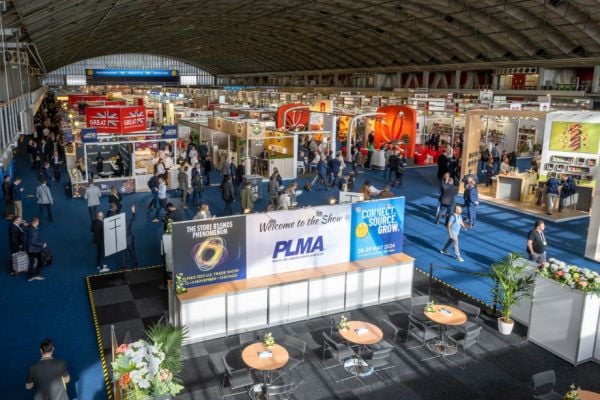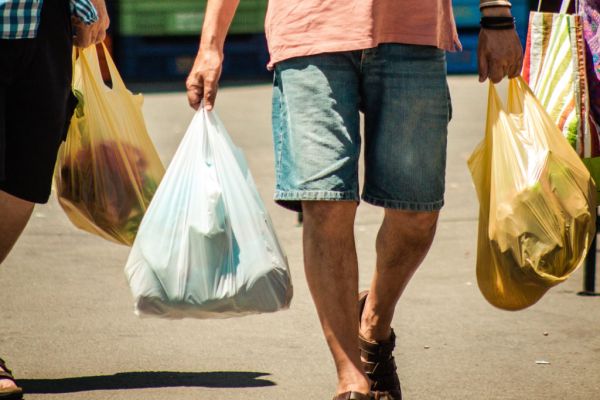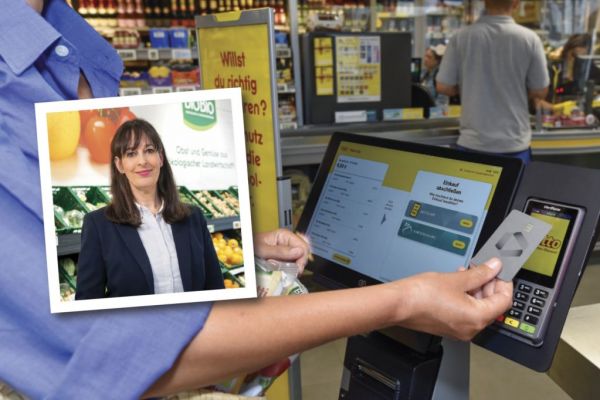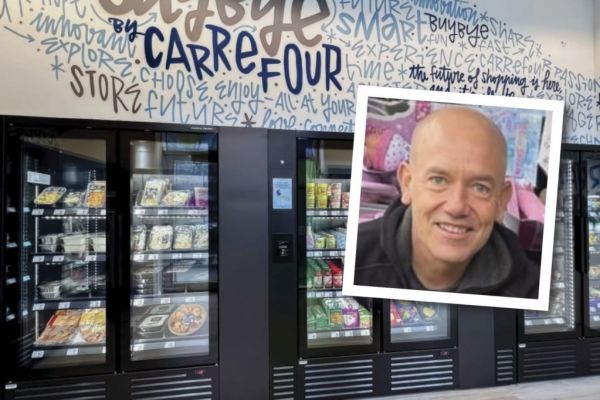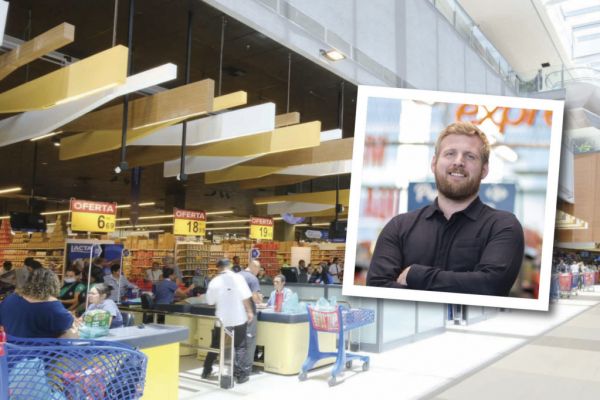The past couple of years have been challenging for consumers and companies alike, and this disruption has continued into 2022. Emily Newton of Revolutionized explores some trends to look out for as we head into the year’s second half.
1. Regenerative Farming Practices
Demand for food will continue to climb as populations increase. Many farmers are turning to regenerative agriculture practices instead of relying on chemicals like fertilisers to maintain soil fertility. Regenerative agriculture is a holistic land-management practice that uses photosynthesis to sequester carbon in the soil and improve its health, crop yields, water resilience and nutrient density.
Something as simple as rotating crops to different fields from one growing season to the next can make an enormous difference in soil health and biodiversity.
It’s a practice farmers used for centuries until it fell out of circulation in favour of modern techniques. Regenerative agriculture is the most significant food system trend in 2022, and it’s on track to gain momentum in the coming years.
2. Alternative Protein Market Growth
Alternative or plant-based proteins are gaining popularity and momentum in Europe. Experts predict the European market alone will be worth $3.8 billion (€3.6 billion) by 2026, growing by 6.66% over five years.
Vegan and vegetarian consumers aren’t the only ones contributing to this massive market growth. Many companies are working to create alternative protein options that appeal to everyone, regardless of their overall preferences. It’s also an excellent choice for people concerned about the livestock industry’s carbon footprint.
Plant-based options aren’t the only meat alternatives following European supermarket trends. Actor Leonardo DiCaprio has invested in two startups — Aleph Farms and Mosa Meat — working to bring cultivated meat to the EU. Mosa Meat projects it will have a product for European consumers in 2022.
This is still a very new market, but with a growing number of consumers looking for alternative proteins to add to their diet, it has a lot of potential.
3. The War in Ukraine
The war in Ukraine is still ongoing, and its impacts are reaching the far corners of the world while shaking European supermarket trends to their core. Russia and Ukraine provide much of the sunflower oil used worldwide – Ukraine alone provides 35%-45% of the sunflower oil refined in Europe.
This neutral oil is a critical component in many foods and a popular choice for frying in restaurants. In response to this looming sunflower oil shortage and a price spike impacting other cooking and food-grade oils, some supermarkets have started rationing to prevent panic buying.
It’s still too early to tell what the long-reaching impacts of Russia’s attack will be, but shortages are looming. Retailers will need to get ahead of the panic buying that may ensue if things like cooking oil or toilet paper start vanishing from store shelves. Yes, you read that right. The energy crisis, fuelled by the war in Ukraine, could contribute to another toilet paper shortage in the coming months.
4. Young Generations as Food Activists
Youth activism is gaining momentum, and food systems are no exception. Younger consumers are calling for a change in how food in Europe is produced and consumed. They’re demanding a seat at the table and a voice in upcoming decisions that could impact everyone.
In 2021, a number of young people came together to launch a food system manifesto titled The Menu for Change. It was intended to serve as a call to action for European lawmakers to reduce food waste, improve education and make agriculture more sustainable.
The current young generation is becoming the most proactive in recent history regarding changing how we think about food, agriculture and the use of materials, including boosting recycling efforts. They will likely continue to shape the world they’re growing up in. In many circles, this is a desperately needed change.
5. Rising Inflation and Decreasing Volumes
The United States isn’t the only country facing unprecedented inflation and rising costs. Annual inflation for the EU is up 8.1% as of May 2022, up from April’s 7.4%. Food and energy costs have shot through the roof. Part of it ties in with the war in Ukraine as countries are trying to eliminate their reliance on Russian oil.
There is a growing risk of a global downturn and recession in Europe, the U.S. and China, but experts believe it will start to recede later in the year. Consumers, especially those in lower-income situations, may lose a substantial portion of their spending power as prices increase on food and petrol. This record-breaking inflation will continue to impact European supermarket trends for the foreseeable future.
Beyond 2022
There is still a lot of uncertainty surrounding where these trends might move as we look forward to 2023. Many of the most significant impacts and changes moving into next year will depend on the outcome of the war on Ukraine, one way or the other.
Some of these changes, such as the growth of the alternative protein market throughout Europe, are positive, while others are resoundingly negative. Either way, all we can do is be patient and watch the trends as we move through the second half of 2022.
© 2022 European Supermarket Magazine – your source for the latest A-brands news. Article by Emily Newton, Revolutionized. Click subscribe to sign up to ESM: European Supermarket Magazine.
